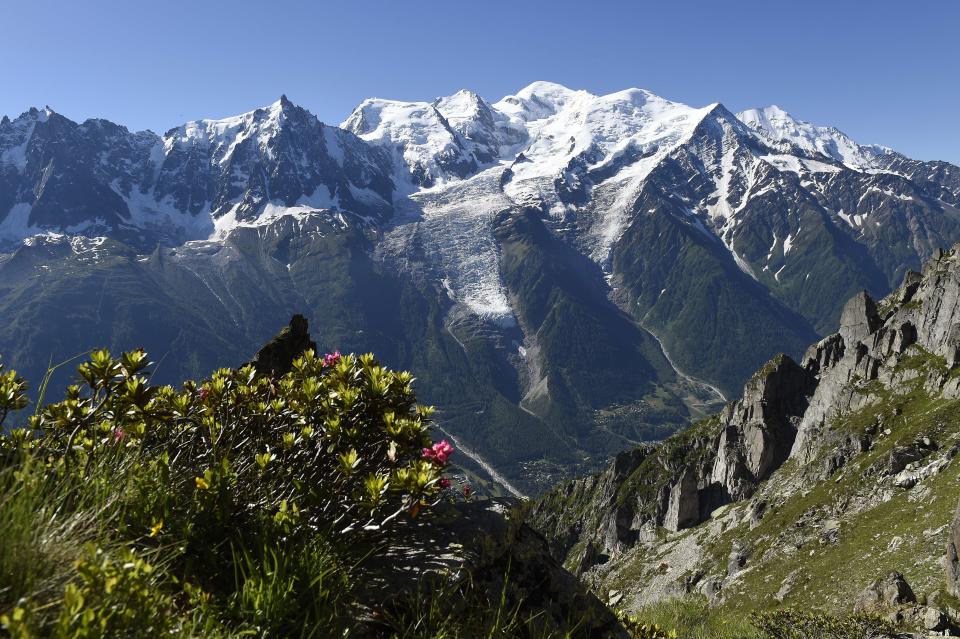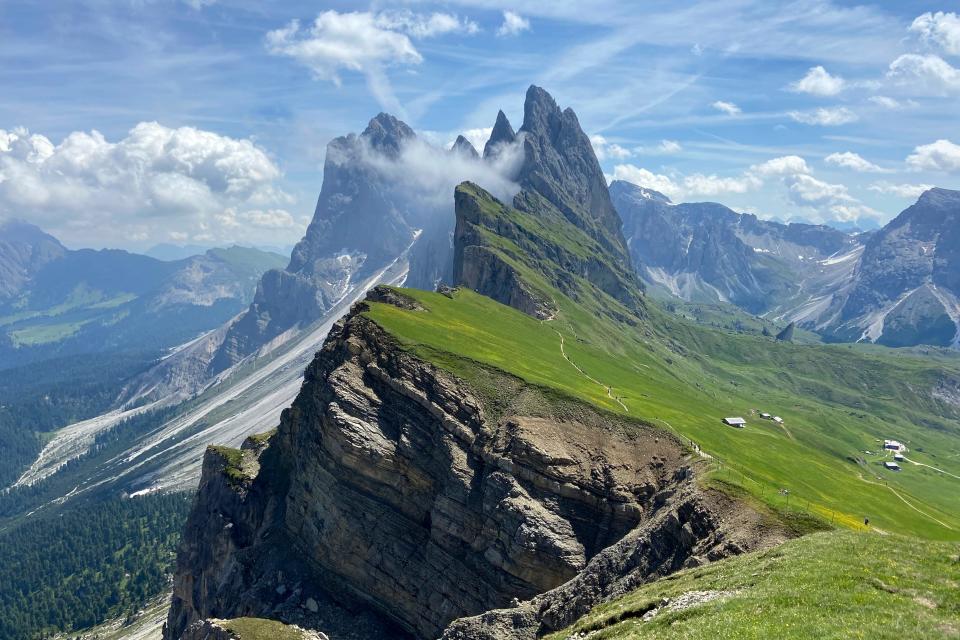Air travel in Europe is a mess. Trains are a cheaper, quicker workaround.
“It’s not the Orient Express, but you’re halfway there” my father jokes with me at his house in the U.K., bidding me farewell as I’m setting off on a trains-only journey back to my summer home in Croatia.
Train travel is on the rise in Europe as many European Union countries increase their railway routes and services. ÖBB (Austrian Railways) are leading the sector, having laid on a host of new long-distance sleeper and daytime routes, and France’s TGV, Italy’s Trenitalia and Sweden’s SJ networks are following suit.
While flying from London to Croatia would be quicker, there’s an appeal to train travel in Europe this summer. With airports and airlines in disarray while they find their feet after the pandemic, coupled with the new and affordable – and comparatively short – train rides, taking a few days to reach Croatia’s capital seems a pleasant way to do it. I’m not in a rush to get to my home in Zagreb.
Europe's airports are a mess: Here's how summer travelers can 'prepare for the worst'
A weakened euro is good news for US travelers: For the large crowds in Europe, not so much
My most expensive ticket was from London to Paris
The first leg of my journey, the Eurostar from St. Pancras International in London to Gare du Nord in Paris, is a tried and tested favorite. The long-standing route connects the U.K. to France and beyond and is a pleasant ride of just 2½ hours.
The Eurostar is the most expensive ticket on this adventure. A one-way booking from London to Paris costs anywhere from $70 to $350, with prices rising the closer you get to your departure date. Mine was booked 28 days in advance, and I paid $110 for a standard-class seat. You can use the railway's app or website to make your reservation, and international credit cards are accepted.
Leaving London on a Tuesday in June, the 12:30 p.m. Eurostar departure arrives in sunny Paris at 4 p.m., with just enough time to make the last entry at Musee D’Orsay – a quick hop on the efficient RER subway train from Gare du Nord.
Because my next train doesn’t depart from Paris until early the next morning, I stay with friends in a leafy suburb within Neuilly-sur-Seine, in the west of the city, enjoying some wine and cheese for my first time in France in a few years.
The best deal on this trip was Paris to Milan
Day 2 begins with the most scenic and exciting ride of the trip. Taking Trenitalia’s new high-speed service from Paris to Milan, which launched in December 2021, is comfortable and exhilarating. The Frecciarossa high-speed trains are fully equipped with Wi-Fi, charging ports and spacious seating. I booked one month in advance for the best price and paid $37 for the 6½-hour journey, undoubtedly the best deal on the trip.
I depart Paris Gare du Lyon at 7:37 a.m., and the train zooms through France before passing the Graian Alps into Italy. Mountains and valleys behind us, the sleek, spacious Frecciarossa train arrives at Milano Centrale at 3 p.m., a little behind schedule. After grabbing a much-needed pizza, I drop my bags off at the home of an old friend who kindly hosts me for the night.

Staying the night in Milan wasn’t strictly necessary. There are numerous high-speed trains to Venice from Milano Centrale I could take the same day. Many other passengers jump off the train to catch a connecting train to Venice. But given that my trip coincides with the infamous Milan Design Week, I opt to spend the next morning wandering the city looking at finely crafted furniture before heading onward to the Serene Republic.
A quick trip to Venice
Thursday starts with another high-speed Frecciarossa service – the train stops at Verona and Padua before Santa Lucia in Venice, taking 2½ hours and costing $32. Arriving in Venice by train is one of the greatest travel joys available in Europe. Stepping out of the station straight onto the Grand Canal truly never gets old.
You can book these trains easily using the Trenitalia website or app, which is available in English, accepts international credit and debit cards and stores your tickets for you, so you don’t need to print them out – just show the conductor your phone when they come around.
It's like you're fishing on land: Here's what it's like to go truffle hunting in Croatia
A ride to Trieste with a view
On Friday, I jump on the local train from Venice to Trieste, paying $19 for the three-hour journey that passes the Dolomites. I grabbed a window seat on the left side of the carriage to have a view of the mountain range rising and falling from sight.

I arrive in Trieste at 1 p.m. just in time to check in to my room at ControVento Hostel, one of the most well-presented hostels I’ve ever seen, located on the third floor of a former Serbian palace.
In the evening, I eat my way around Trieste, taking in the former Austro-Hungarian port by its flavors, which are very much Italian now, despite its interesting history.
Two trains for $37
The last leg of my quest launches on Saturday, leaving Trieste at 12:50 p.m. on a ÖBB train bound for Ljubljana, Slovenia, which costs $11. I change trains in the Slovenian capital and board my final carriage, another ÖBB service costing $26 that takes just over two hours to reach Glavni Kolodvor in Zagreb and arrives at 8:45 p.m. Both legs are bookable online at ÖBB (Austrian Railways).
The total cost of five days of trains, crossing five countries, was $235; a highly enjoyable, eco-friendly journey that proved entirely stress-free – something you can’t put a price on.
Lucie Grace is a British freelance travel writer based in Croatia.
This article originally appeared on USA TODAY: Europe's trains are a cheaper, quicker workaround to messy air travel

 Yahoo Movies
Yahoo Movies 
